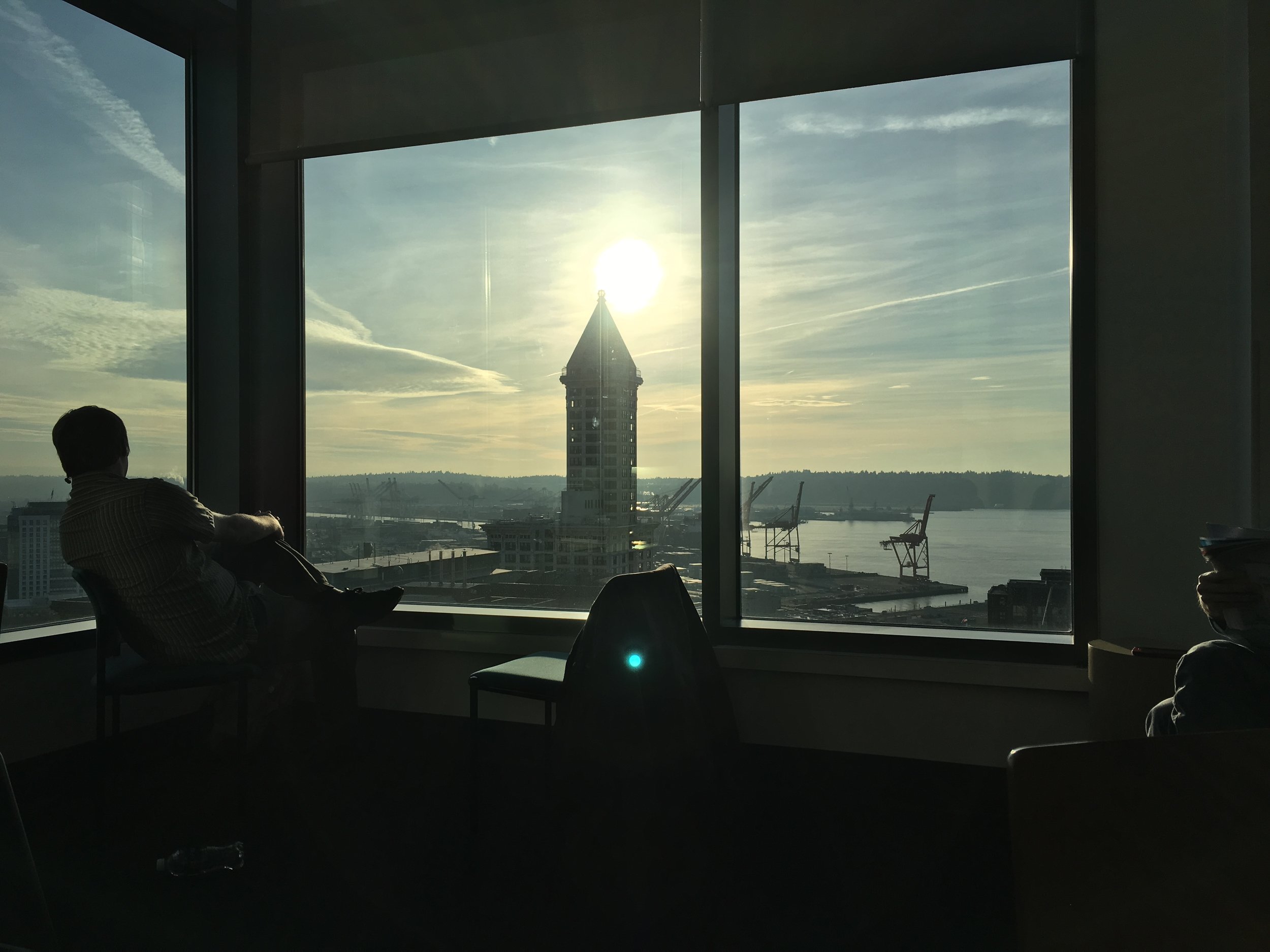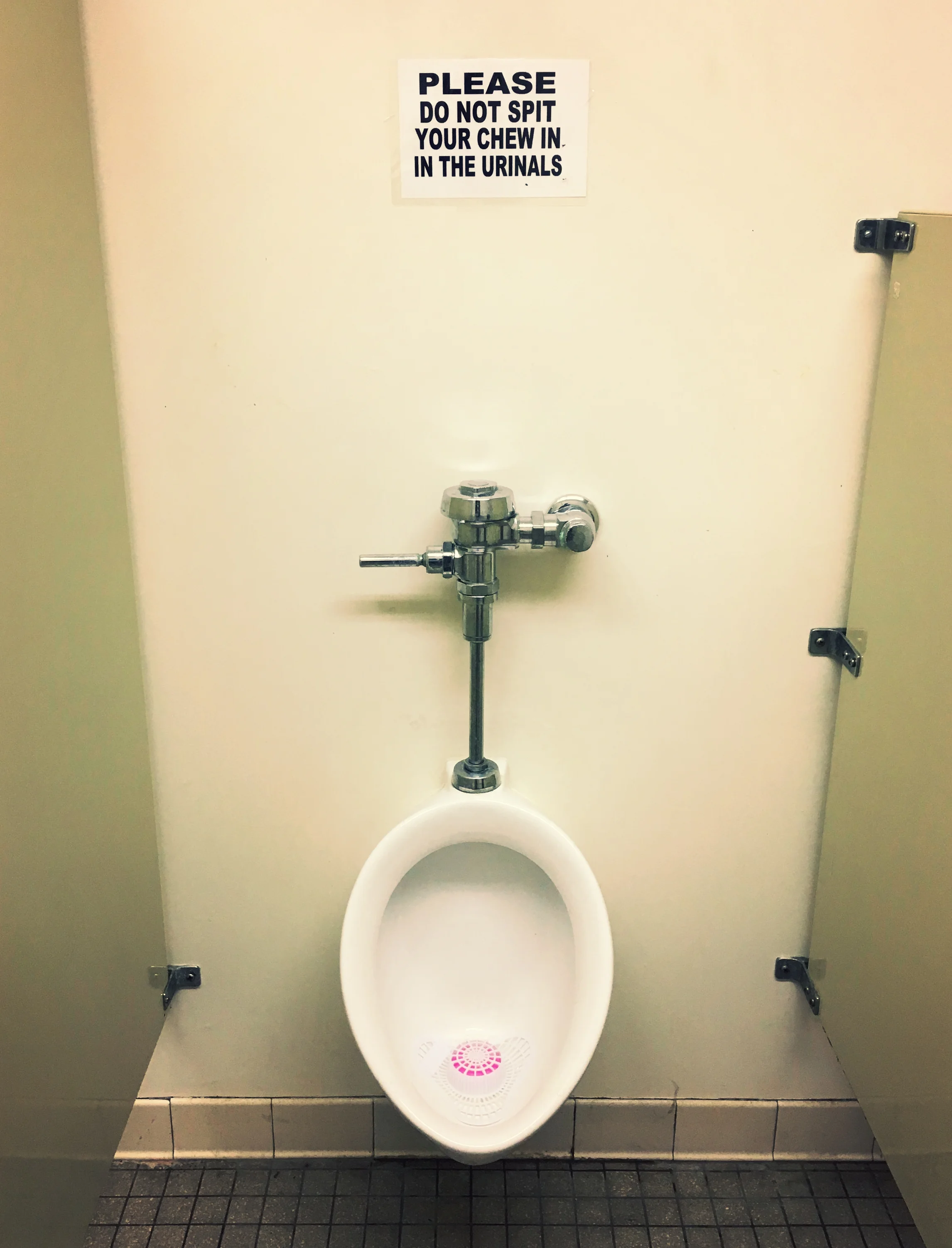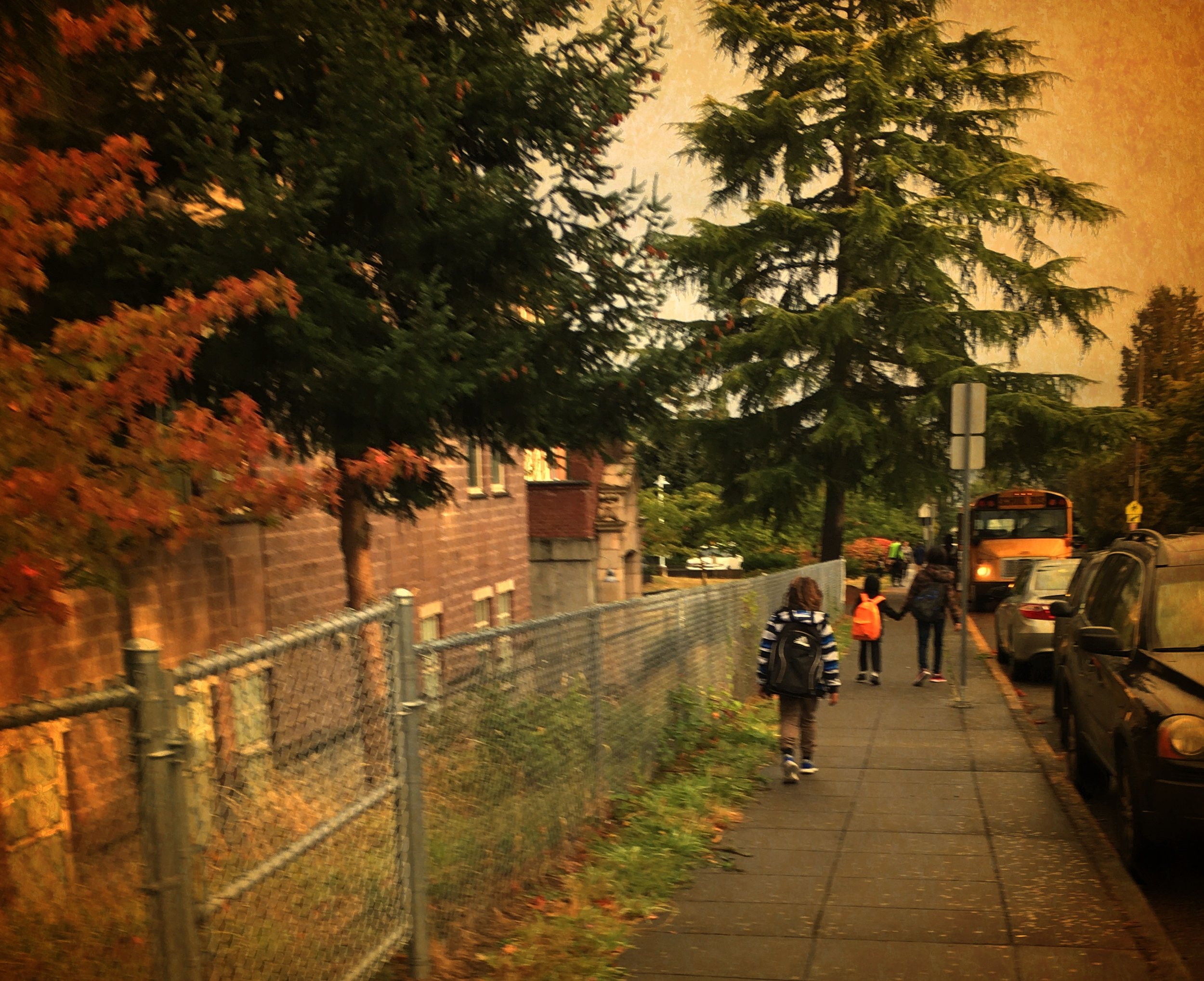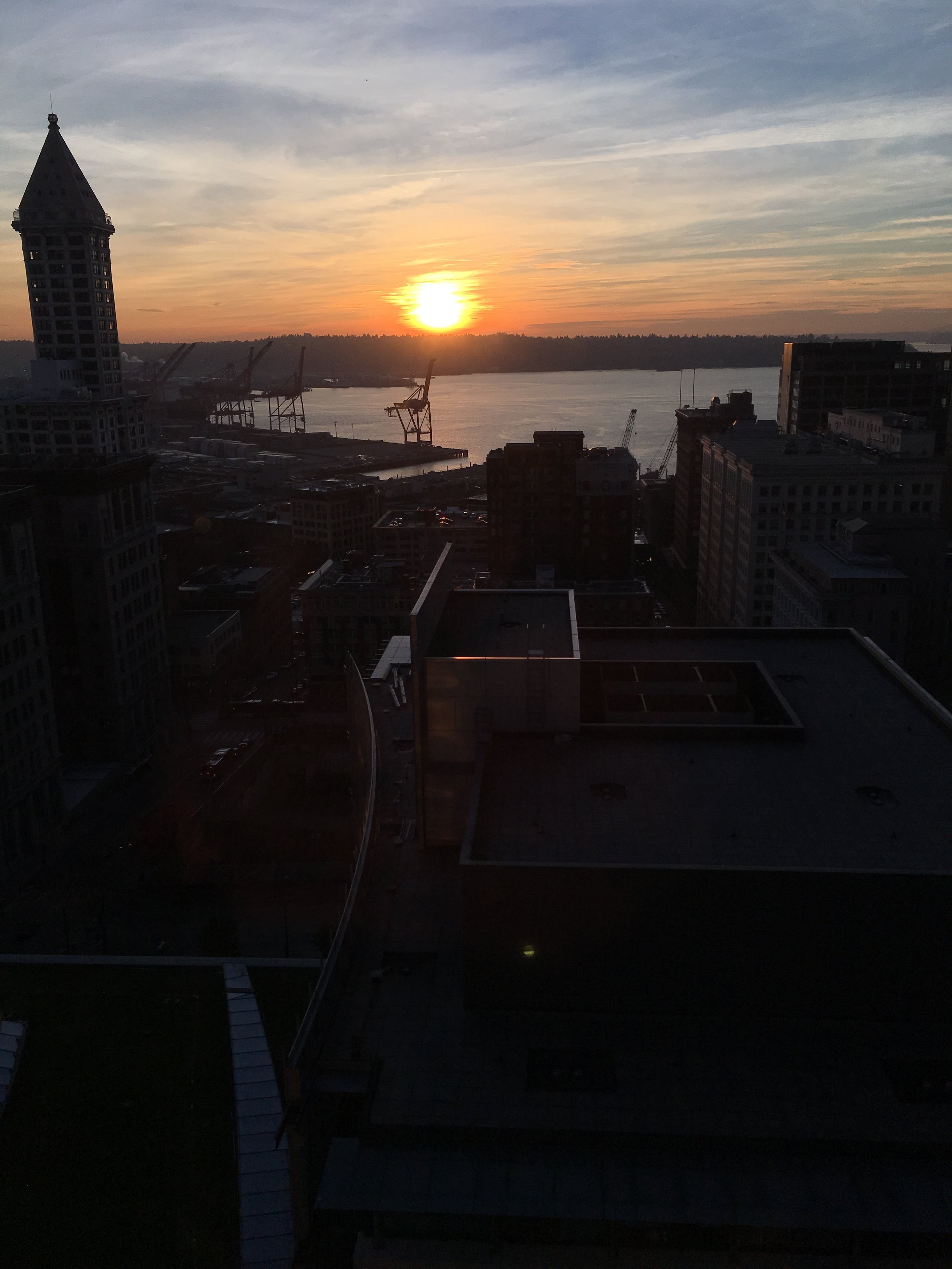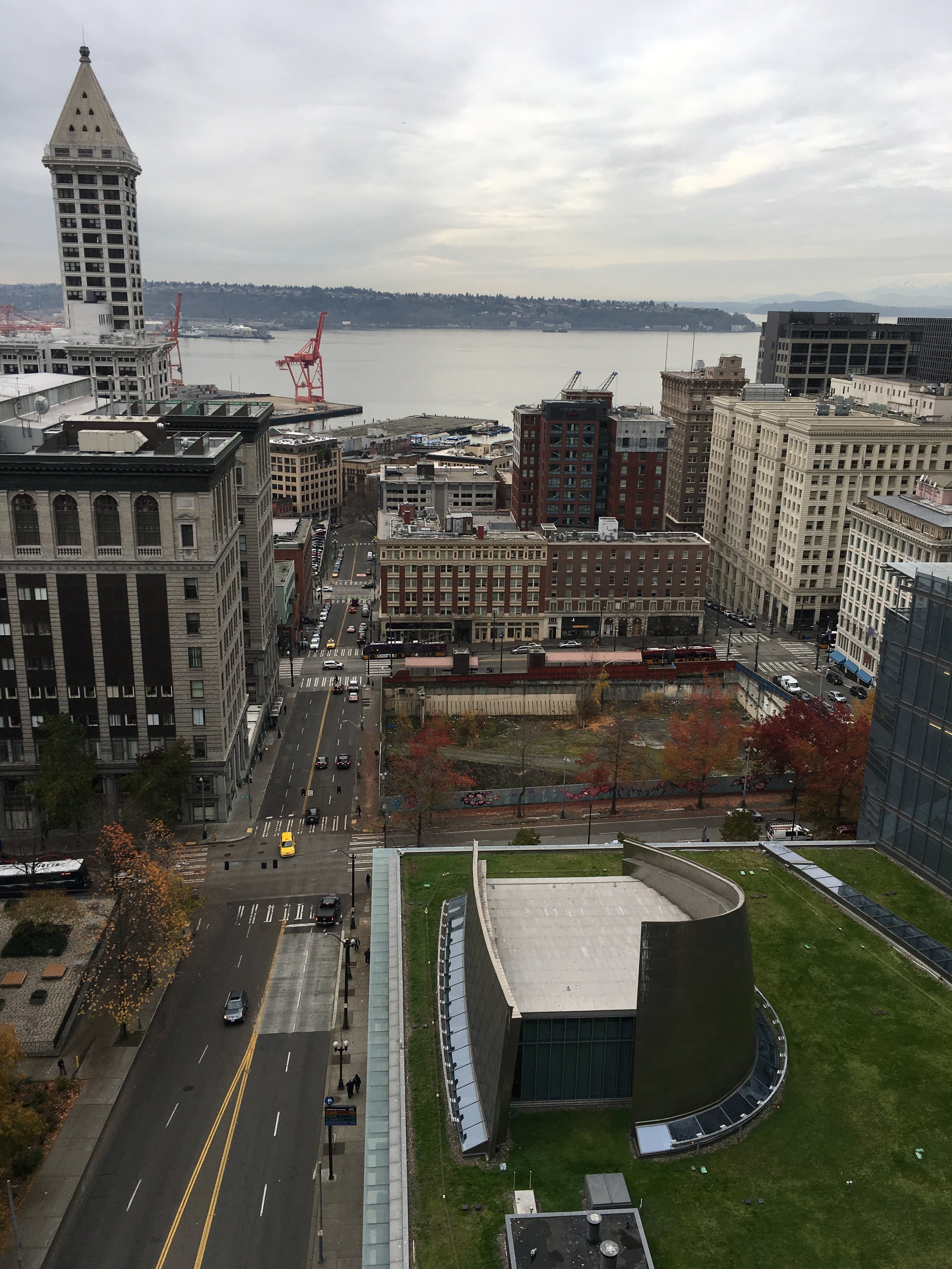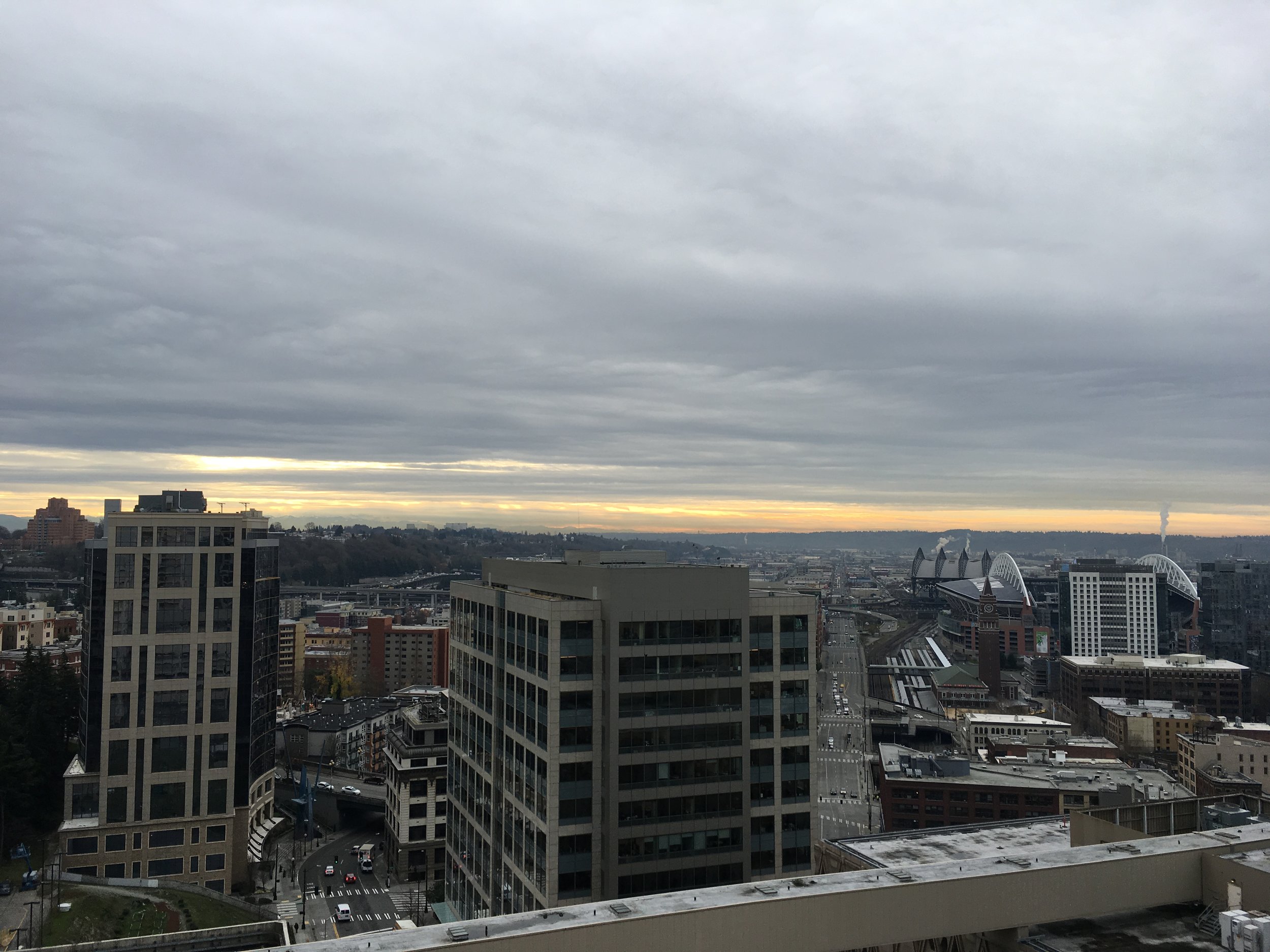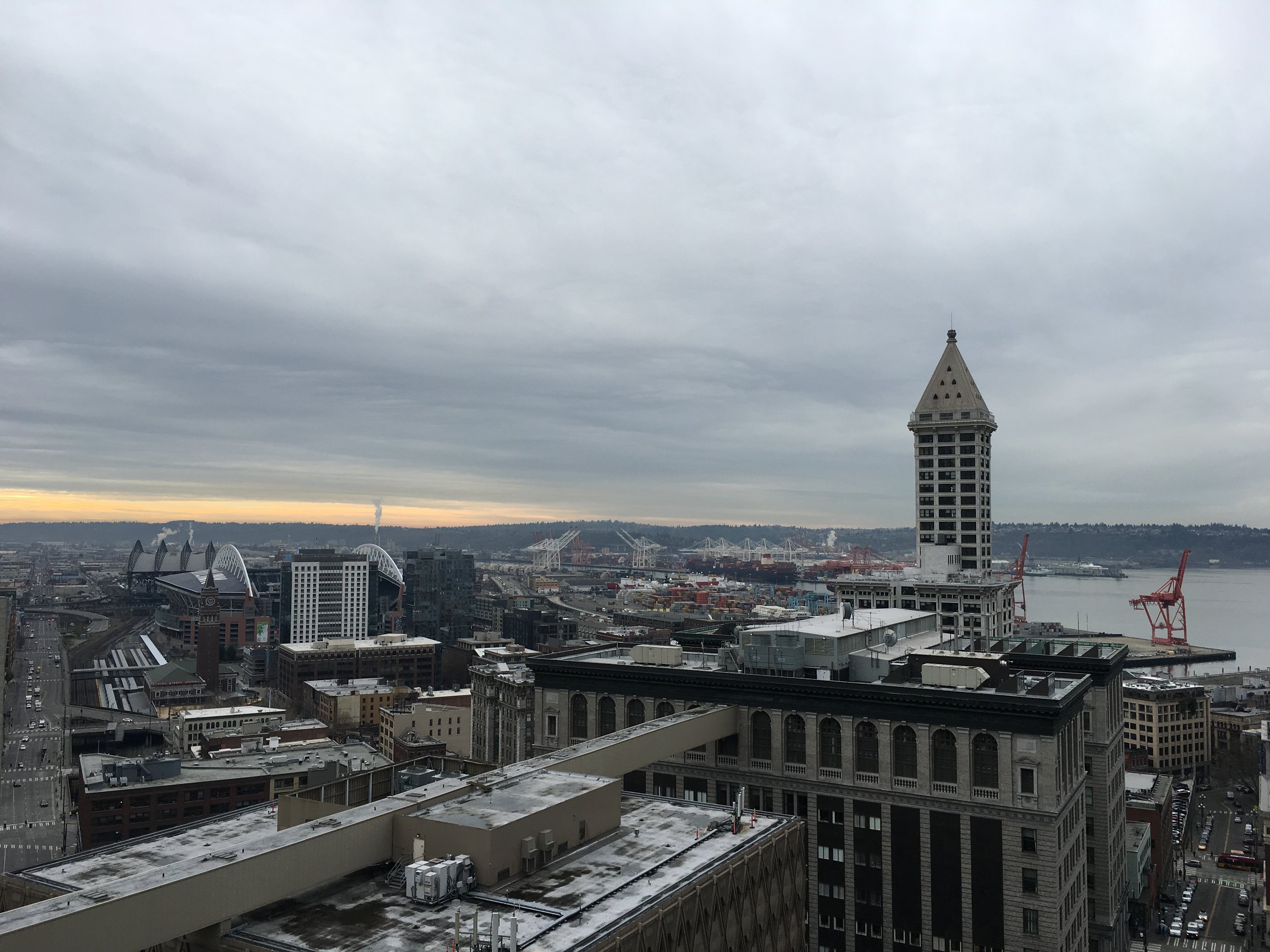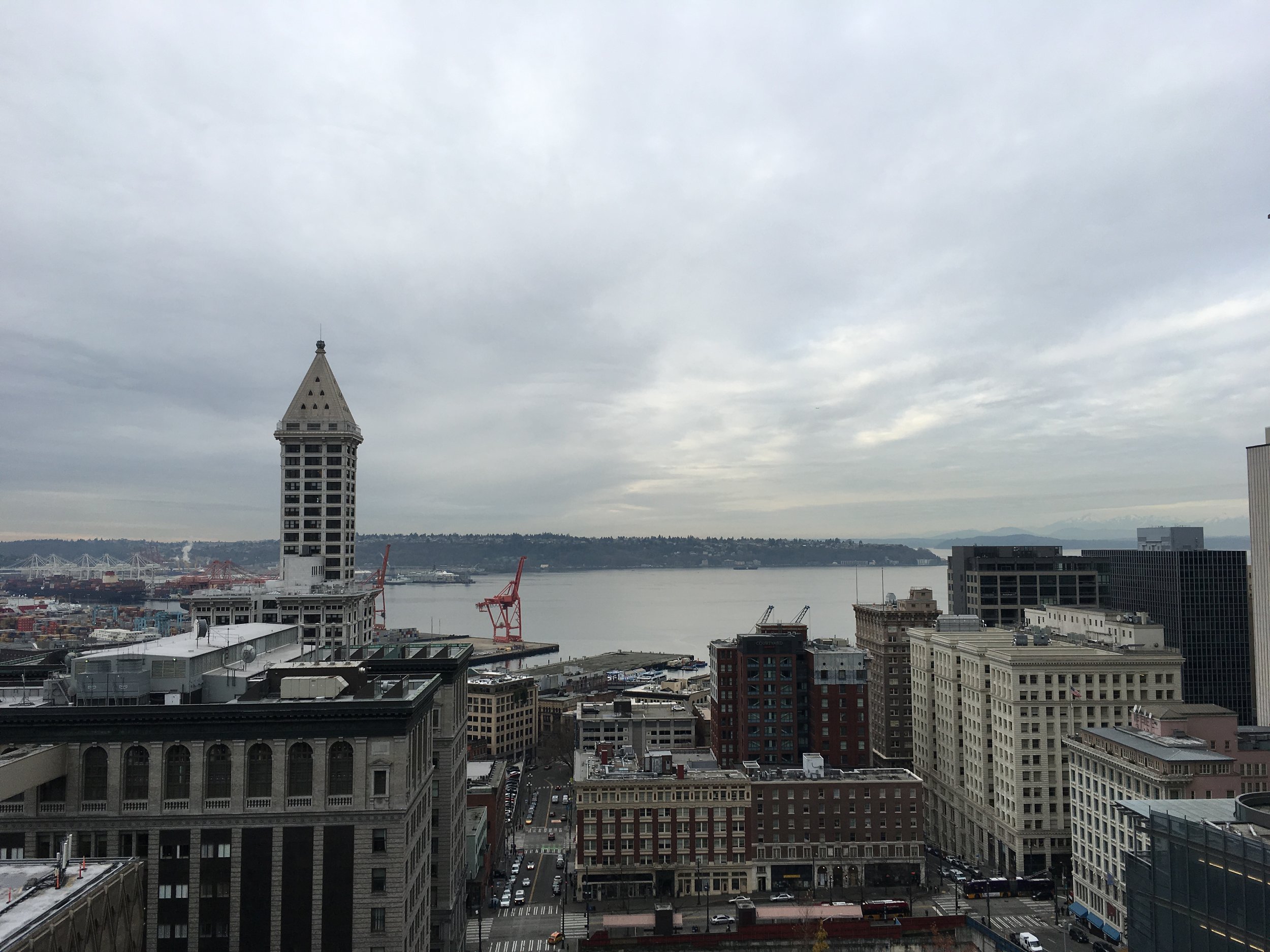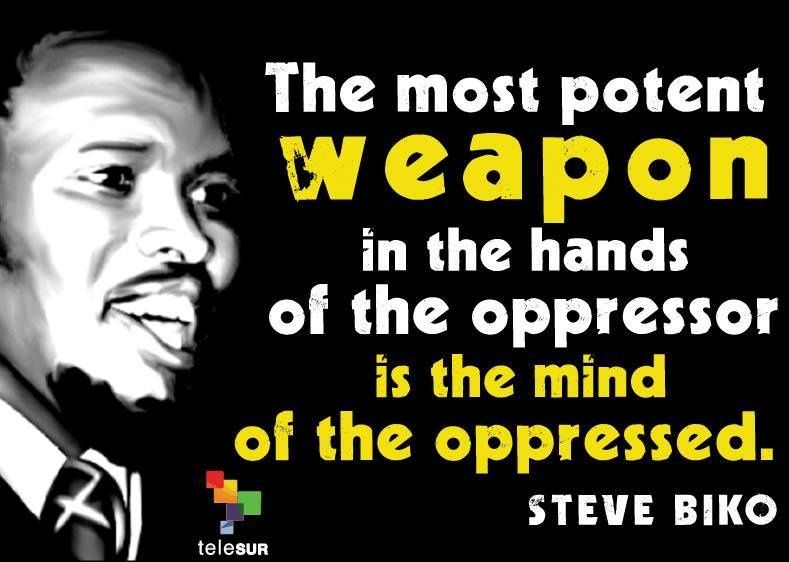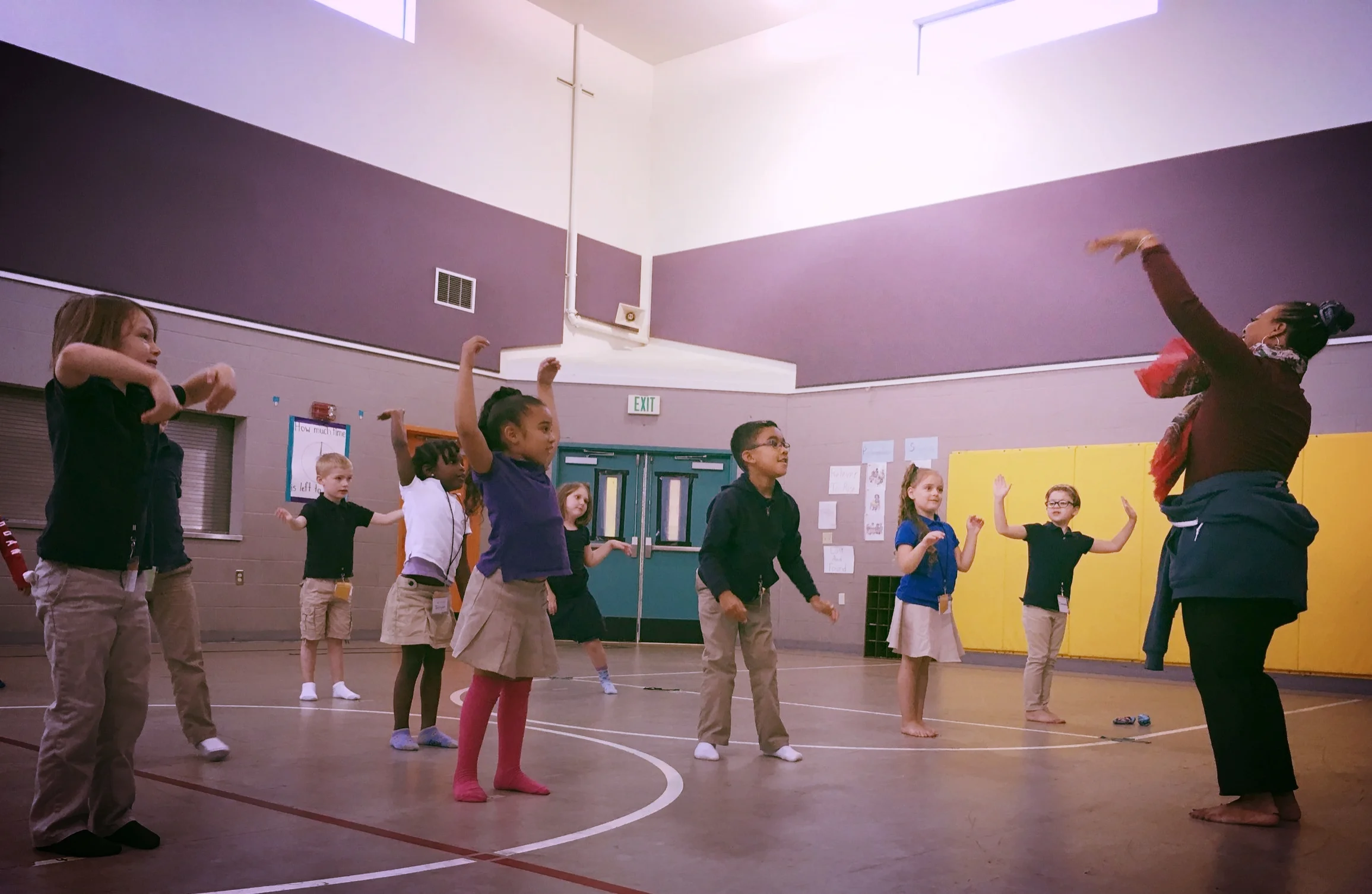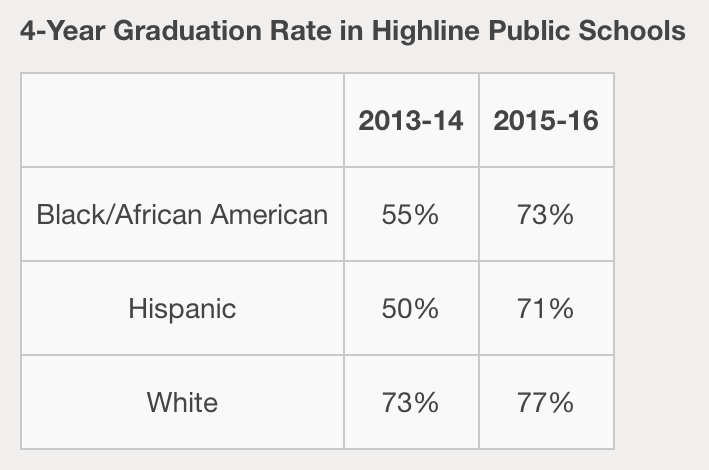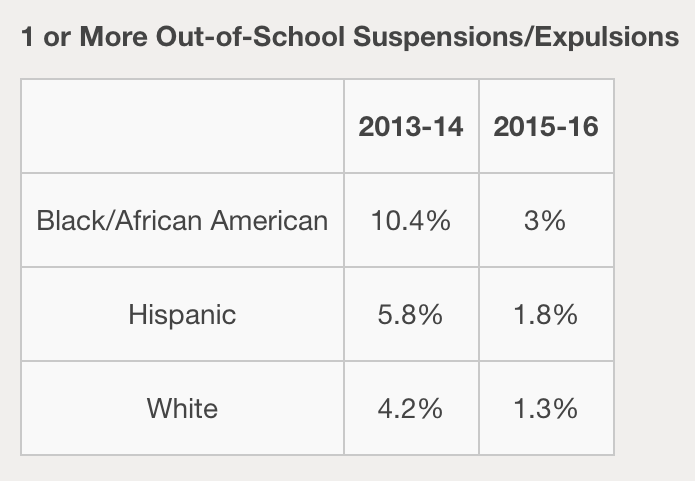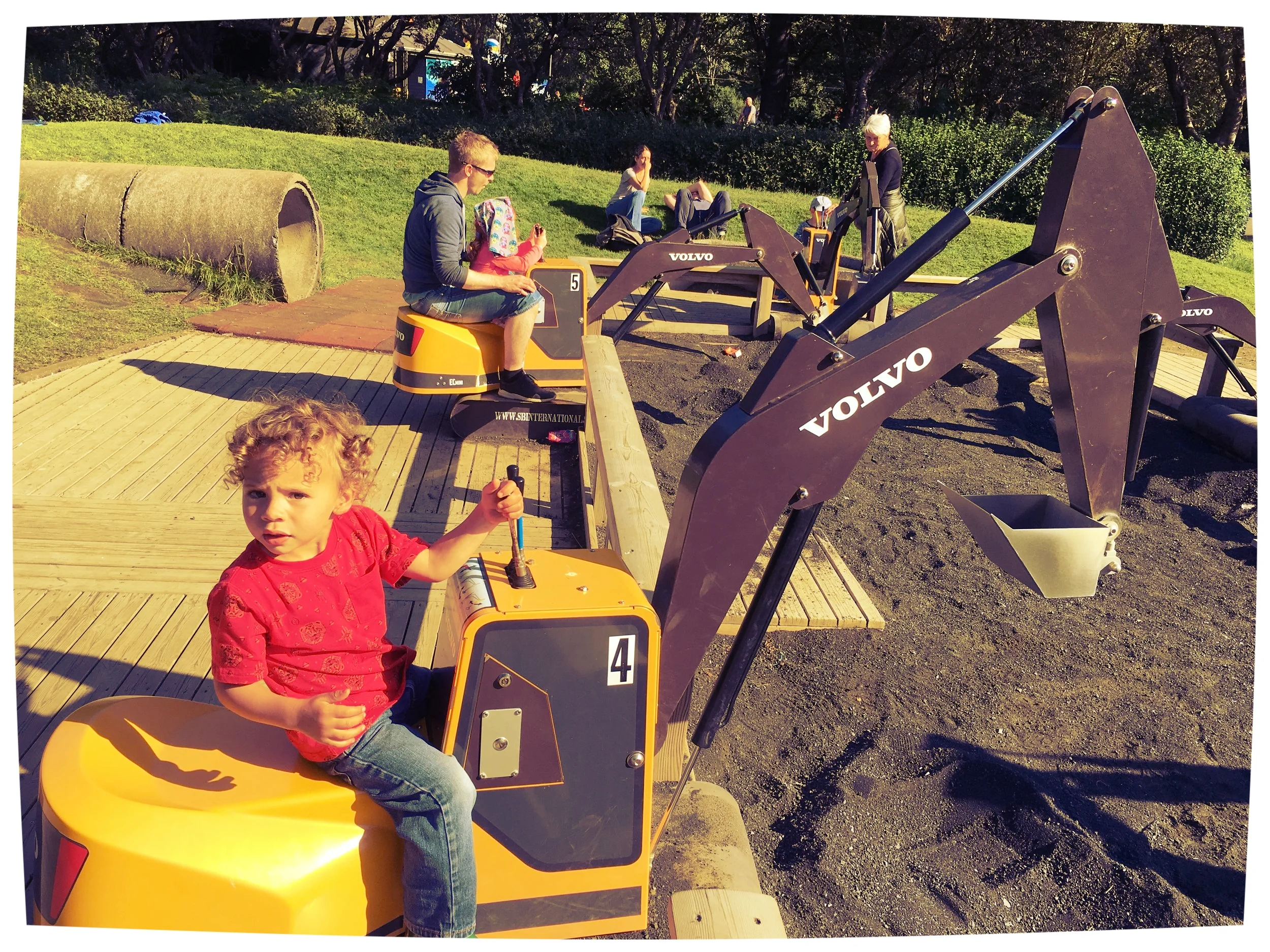Reflecting on love of family and love for our city as an urban juror in Seattle
/I was called for jury duty this week. Municipal Court of Seattle.
In fact, as I type this, I’m sitting on the 12th floor of the downtown courthouse building awaiting juroral deployment… as I have been doing continuously since 8:30 this morning. It’s been a boring day so far, but it’s nice to have been bored in a warm, beautiful room, if nothing else, watching the sun creep toward the horizon over the Sound. This is my view currently:
I’ve had plenty of time alone with my thoughts today, and I’ve reached a conclusion: in writing this blog, in focusing on the inequities in Seattle’s schools and communities, I tend to live in a fairly negative head-space when it comes to thinking about my home, about the city where I’m raising my family.
For one thing, that’s not a good way to live. It’s exhausting. Literally depressing, in fact.
But it’s also not an accurate reflection of how I really feel about Seattle. Sure, it’s dark, it’s damp, it’s segregated, and it’s got its share of issues. But it’s also a place of rich beauty, both in terms of the extravagant natural beauty that sandwiches the city and of the interpersonal beauty within it.
I find it’s easy to take for granted the ways that our city and our state — and us, its people — are kicking ass.
We’ve been on the front lines in recent years when it comes to putting our legislation where our “liberal” mouth is. Gay marriage, charter schools and cannabis are all legal, and we’ve taken nation-leading stances against discriminatory laws targeting immigrants and LGBTQ folks.
It’s extremely common now to find gender-neutral bathrooms in Seattle, and a huge number of businesses, restaurants and coffee shops proudly display a commitment to providing safe spaces. This, in contrast, was a sign I encountered in a bathroom last fall in in Miles City, Montana:
We’ve done all kinds of courageous, radical things lately. Water protectors in the South Sound last year shut down a train attempting to transport supplies to Dakota Access Pipeline (DAPL) work sites. We felt the ripples at the time in Standing Rock, and it was powerful.
Seattle divested its public funds from Wells Fargo as a matter of principle a few months back. We are at the vanguard of the movement for fair wages. Activists across the city successfully halted government plans to build a new youth jail. We even had a glimmering moment earlier this year when it looked like we might elect Nikkita Oliver as our next mayor.
And let's not forget there's a baseball team here, which is important for morale — even if, let’s be honest, it’s the Mariners. No offense.
It’s strange how easy it can be to overlook these sorts of things when so much else seems to be crumbling around us. Along these same lines, I spend a lot more time focused on the negatives at Emerson Elementary, the neighborhood public school where we send our oldest son, than I do on the positives.
Now, I’d argue that this is a rightful imbalance, and that I’m not denigrating (I hope) the school or community as much as I am advocating for more resources and attention at an institution that has been long overlooked. But it still means I regularly spend hours looking at a computer screen through the opposite of rose-colored glasses as I write about my son’s school, his district and our home.
It’s weird.
Emerson is a beautiful place, too. My son walks every day into a cool old brick school building with a view of Lake Washington from the second-story library. The student body could hardly be more diverse, and we are lucky that the school is filled with similarly diverse, committed teachers and staff.
My son’s teacher is fantastic. She sees and values him as a whole person, and when she’s gone, he misses her. He’s learning, he’s comfortable, he’s happy and he’s safe. That’s most of what I could ever ask for out of a school right there. Well, no. But it’s most of what I currently ask for out of a public school, and that’s pretty good.
We’re getting close to that time of year when we start making resolutions, mapping out all the new ways we’re going to start living when the calendar flips. At the top of my list is to appreciate all of the good and beautiful things in my life, starting with the time and love I am so lucky to share with my kids and my partner, and with the beautiful home we share that helps make it possible. All things, it seems, stem from there. I hope, then, as I write and advocate and live through the coming year, to remember that the strength and will to fight against these systems and tools of oppression comes from a place of love.
I write so often about Emerson because I love my son. I write so often about Seattle because I love my family, and I love our city, and I know we can do and be even better.
I write about privilege because I love my life, and because the open doors and loving second chances I’ve been handed over and over should be for everyone.
I’m sure I’ll still spend next year shouting from the rooftops yet again, riled up about inequity and angry about systemic oppression and overt racism and latent bias and about the ways they infect our schools and our lives, and I’ll still be as committed as ever to holding us and our city to an unrelenting standard.
But I do it out of love.
So, that’s my resolution. I’ll keep breathing in the smog and the smoke and the greed and the politics and the racism and the classism and the division and the hate. I’ll breathe it in, filter it out, and exhale it back into the world as love, whatever form that takes.

